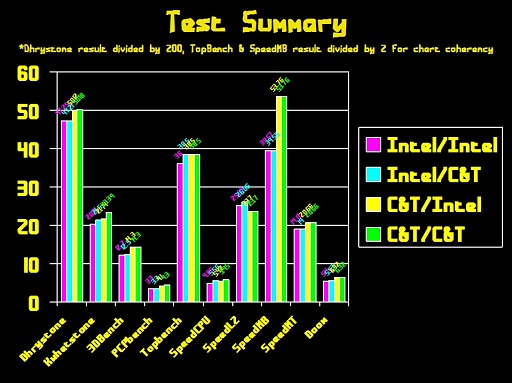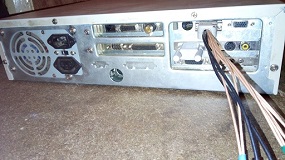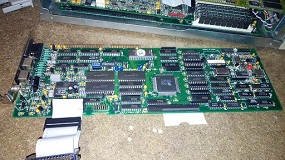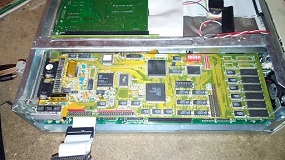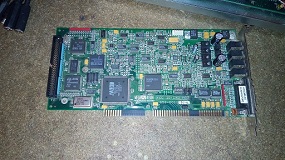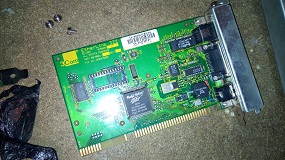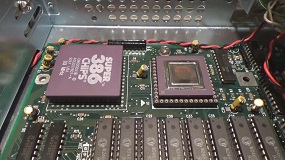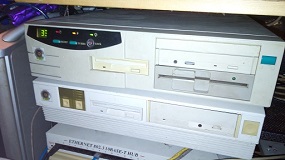|

Overview

Chiana, with Lisa, as of September 2022
Throughout the 1980s, many
had built exact clones of the Intel 8086 line of CPUs without really
deviating from the design. There were a few small exceptions, such as NEC
implementing a 186-like CPU into an 8088 package, but for now it was all
Intel and certainly, all 16-Bit.
As the 1980s approached its
end and world moved into the era of the 386, AMD would go on to
manufacture their own version, but once more this was an identical copy of
the Intel part, with the same performance and operating characteristics,
being indistinguishable from the Intel part. IBM also had their name on a
few 386 processors, but again, these were Intel designs. In this time, a
smaller company from California had been working hard to clone numerous
parts of the PC, then build compatible parts on their own designs. This
company did not have their own fabrication facilities and used Toshiba or
Texas Instruments to build their ICs, likely others too. Among their
achievements were the first real chipsets, the 82100 and then the 82200,
perhaps better known as the NEAT. In 1985 they had been the first to clone
EGA and then improved upon it, and in 1987 they rapidly cloned the cutting
edge VGA technology and began to expand upon it. Their products sold well
and were popular, as they usually saved cost, made board production faster
and performed as well as, if not better than, the original parts that
might not have been available anyway.
This company was Chips &
Technologies. In 1992, they released the first 'Compatible' 32-Bit x86
CPU, the Super 386 or J38600DX, as well as an accompanying FPU, the Super
Math J38700DX. These chips weren't like the AMD or IBM parts and, instead,
used C&T's own design which boasted a few improvements. Another CPU was
planned, the J38605DX with an internal cache, but it used a larger socket
and never truly made it to market.
Operating at upto 33MHz, the
Super 386 came and went largely unnoticed. Its time was brief, but it had
long lasting consequences. For one thing, Toshiba and Texas Instruments
both had their hands in the manufacturing and the latter would show up to
the inevitable court case with Intel. C&T would ultimately withdraw from
the 386 market, but the legal proceedings would pave the way for Texas
Instruments, or else Cyrix, to sell their own x86 CPUs throughout the
1990s. AMD would almost certainly lean on the outcome of this case when
facing their own legal troubles, too.
 |

